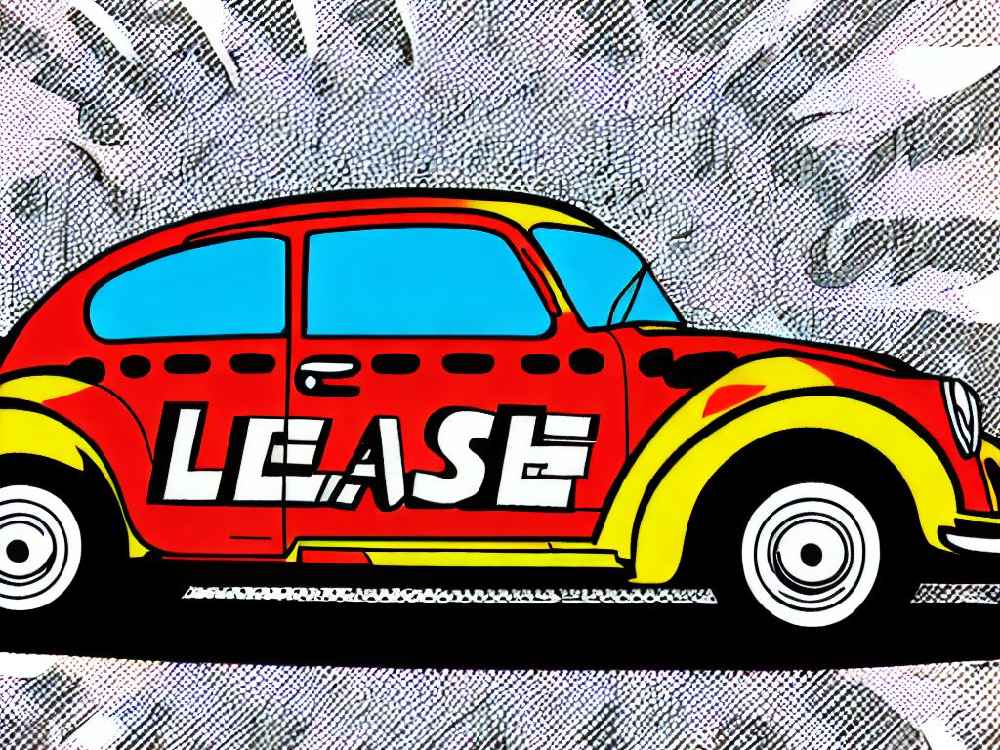Introduction
“Can I Drive a Van on My Car Insurance?”
Are you considering driving a van under your existing car insurance policy?
Understanding the boundaries of your insurance coverage is crucial before you take the wheel of a different vehicle type.
This article explores key aspects of what your car insurance may or may not cover when it comes to vans, ensuring you stay fully informed and legally compliant.
Do Car Insurance Policies Include Van Coverage?
But wait, there’s more to consider.
When considering driving a van under your car insurance, never assume automatic inclusion.
Coverage specifics can vary significantly between policies.
You must review your current car insurance documents or contact your insurer directly.
Some policies might offer third-party coverage for driving other vehicles, including vans, but this often excludes vans used for commercial purposes.
What else should you know?
Learn more about car insurance options.
The Necessity For Separate Van Insurance
Now, let’s dive deeper.
Why is this important?
Discover very cheap car insurance.
Driving Someone Else’s Van: What You Need To Know
Here’s the kicker.
Your policy’s driving other cars (DOC) provision typically limits coverage for driving a van that isn’t yours to emergency situations only.
You must secure explicit permission from the van owner and confirm that such usage is restricted to emergency situations only.
Additionally, this limited coverage typically extends to third parties only, which implies it does not include protection for any damage to the van itself.
So, why is this significant?
Van Rental Insurance: A Closer Look
Need to rent a van? Here’s what you need to know.
Renting a van usually includes some form of insurance, but the coverage extent can vary.
Always check the rental agreement to understand what it covers and note any potential excess charges that may apply.
This insurance generally covers standard risks but might lack specific protections you need, making supplemental insurance a wise choice.
What should you do next?
Learn about temporary insurance legality.
How Van Insurance Differs From Car Insurance
Curious about the differences?
Understanding the distinction between van and car insurance is crucial, particularly regarding the intended use.
While private car insurance policies cater to personal use, van insurance typically covers commercial use, involving different risk factors, including higher mileage and the transportation of goods or equipment.
Why does this make a difference?
Ensuring Proper Van Coverage
So, what have we learned?
Understanding whether you can drive a van under your car insurance demands meticulous scrutiny of your policy’s specifics and careful consideration of the type of van use you have in mind.
Always verify the details with your insurer and ensure you’re fully covered for any situation that might arise.
Remember, the right insurance protects you, your vehicle, and your financial stability.
Interested in further reading? Check out these resources for more insights:
- Van insurance for new drivers: Discover insurance tips for young drivers.
- How to get cheaper car insurance: Learn about comprehensive car insurance options.
Licensing Requirements For Driving A Van
But here’s another crucial point.
If you are considering driving a van, it is essential to verify whether your current UK driving licence is sufficient.
Generally, a standard UK car licence permits you to operate a van up to a specific weight limit.
However, for heavier vans, you may require a category C licence.
This detail is crucial, as operating a vehicle without the appropriate licence can lead to the invalidation of your insurance.
Moreover, ensuring you have the correct license protects you from legal issues.
What’s the next step?
Learn about the different car insurance options for different vehicles.
Transferring A No-Claims Discount To Van Insurance
Now, let’s tackle an interesting possibility.
You might wonder if you can transfer your no-claims discount from your car insurance to van insurance.
The answer varies by insurer, but many do allow this transfer, which can significantly reduce your premiums.
Furthermore, always confirm with your provider to ensure you can apply your accrued benefits to your van insurance.
Why not save money where you can?
Explore ways to save on car insurance.
Comparing Van Insurance Policies
And finally, here’s a critical piece of advice.
Always take the time to compare van insurance policies thoroughly.
Looking at the different offerings can help you find the best coverage at the most competitive rates.
Additionally, consider aspects like coverage limits, excess fees, and whether the policy covers personal or commercial use.
Subsequently, this careful comparison will ensure you choose the best policy for your needs.
Ready to start comparing?
Compare insurance rates and find the best deal.
Conclusion
Wrapping It Up: Ensuring Proper Van Coverage
So, what have we learned?
To accurately determine if you can drive a van on your car insurance, it’s imperative to meticulously scrutinise the specific details of your policy and carefully consider the intended usage of the van.
It is essential to consistently confirm these details with your insurer and make certain that you have comprehensive coverage tailored for any possible scenarios that may emerge.
Moreover, always bear in mind that securing the correct insurance is critical as it not only protects you but also safeguards your vehicle and ensures your financial stability.
Lastly, don’t hesitate to reach out for expert advice to navigate this complex area.








